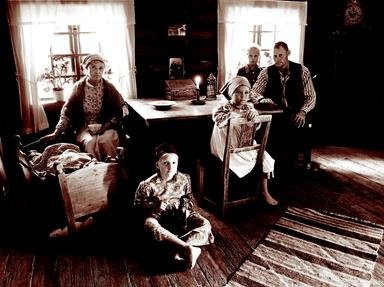Quiz Answer Key and Fun Facts
1. After the Civil War, the U.S. experienced a massive expansion in industry and transportation, bringing great wealth to major cities, such as New York. Who first designated this era the 'Gilded Age'?
2. This was an age of technical expansion on a level never seen before. US inventions and innovation in applied technology placed the US ahead of the rest of the World. Who was one of first of this new breed of industrialists, who would use their wealth to build extravagant Fifth Avenue mansions, and was a leading light in this new 'high society'?
3. Like many of New York's 'high society' during the Gilded Age, John Jacob Astor IV had come from humbler beginnings. He was famous for his incredible wealth and 'going down with the ship' when the Titanic sank on April 15th, 1912. How had his great-grandfather originally made their fortune?
4. New York Society became defined and controlled in a highly artificial manner, by two doyens of the elite - Caroline Webster Schmerhorn Astor ('The' Mrs Astor) and Alva Vandebilt. What did they contrive to be the correct number of invitations sent for any occasion, and therefore the only socially acceptable people in New York?
5. Of all of the so-called 'robber barons', who was considered one of the most philanthropic, especially for New York?
6. Who was regarded as 'The most powerful American banker of his time, helped build a credit bridge between Europe and America, and financially rescued the US government twice'?
7. Not satisfied with highly conspicuous spending and one mansion larger than the next, New York's social elite set their sights on a place to summer, away from the heat of the city. They built their 'cottages' there. Where might that be?
8. If you saw the movie 'Gangs of New York", you will know how the poor lived in New York. Who was the reformer who studied tenement life, drawing attention to the plight of so many?
9. Who was the all-American writer who has brought us stories of the street and the lives of the poor and disenfranchised of New York?
10. William Marcy Tweed had been running a corrupt City Hall for far too long. Everyone was bribable, and no-one got in his way. In 1871 the "New York Times" published enough evidence of misuse of public funds to have Tweed indicted. What became of Tweed?
Source: Author
Englizzie
This quiz was reviewed by FunTrivia editor
bloomsby before going online.
Any errors found in FunTrivia content are routinely corrected through our feedback system.

